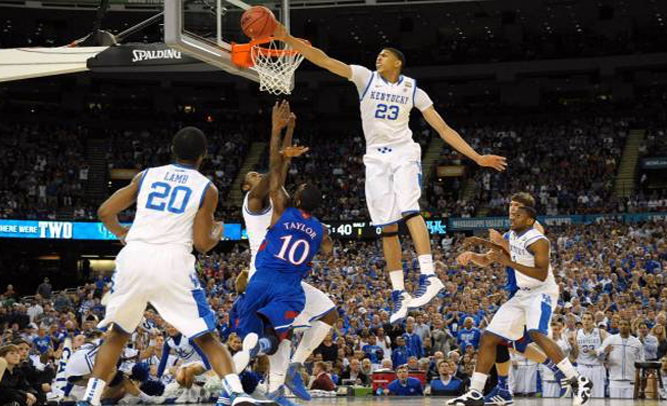INDIANAPOLIS, Indiana –
The National Collegiate Athletic Association has announced an unprecedented change to its rules, when the organization officially announced today that all division one athletes will be paid a salary based on the revenue created by their respected sports and schools.
The NCAA Labor Revenue Act (NCAA-LRA) will go into effect January 1, 2016. This is huge news for college athletes involved with the top college programs in their sport. For example, basketball players for the University of Kentucky could bring home as much as $50,000 for one season of basketball, according to NCAA-LRA Chairman Bob O’Dell.
“We believe this is a fair arrangement. The top programs, such as Ohio State, Alabama, Kentucky, Louisville, Oregon, and Notre Dame, just to name a few, bring in millions of dollars in revenue every single year based on the performance of their sports programs. This is a new age, and we must give back to the student-athletes what they put in,” O’Dell said.
Many division-1 athletes have fought for years with the belief that they should see some of the money that they help bring in to their respective schools. The University of Louisville basketball program, which is endorsed by ADIDAS, has been the number-one revenue earner for college basketball for several years running. The money earned by the program went straight to the university, used for whatever use it deemed necessary.
Kentucky head coach John Calipari says that it is about time. “We have technically been paying these kids out of our pocket for several years. We appreciate the fact that our boosters and alumni have made sure our basketball players have been driving around in nice cars and sporting bling, but the university itself should have to pay also,” Calipari said. “They make millions, and it’s time they shared the wealth.





























